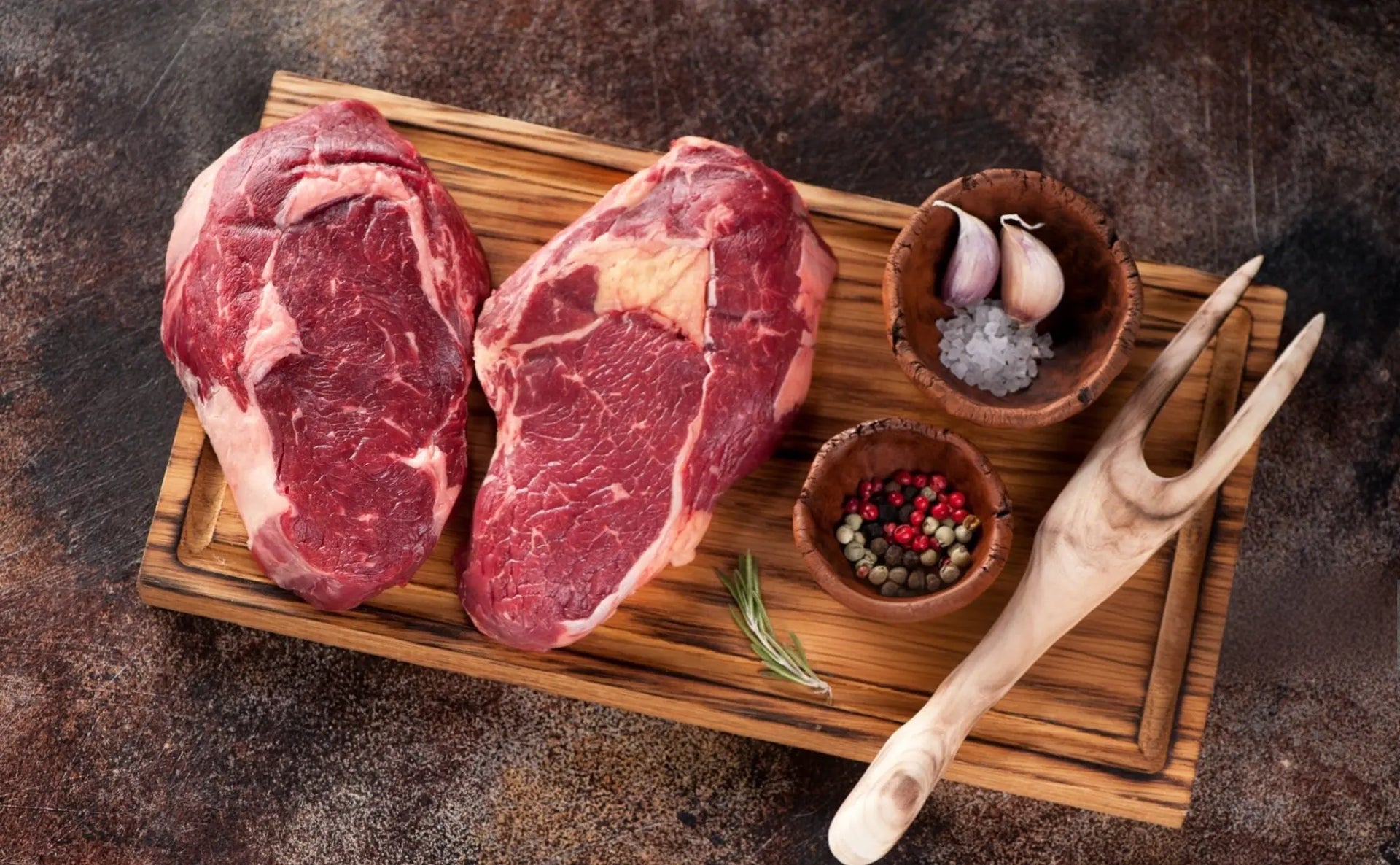Raw meat preparation demands special attention to food safety, and your cutting board plays a starring role in keeping harmful bacteria at bay. But with so many materials available—wood, plastic, bamboo, composite—figuring out which one is the best cutting board for meat can be confusing
Why You Need a Dedicated Meat Cutting Board

According to the Illinois Extension, cross-contamination is a major food safety concern in home kitchens. To limit cross-contamination, experts recommend having a dedicated cutting board just for raw meat, and ideally separate ones for red meat, poultry, and seafood.
This separation prevents dangerous bacteria from raw meat from transferring to ready-to-eat foods like fruits, vegetables, and bread. Think of your meat cutting board as a designated safety zone in your kitchen.
Wood Cutting Boards for Meat Safety
For years, many believed wooden cutting boards weren't safe for meat.
Modern research has turned this assumption upside down. Food & Wine reports that hardwood cutting boards (especially maple and teak) have natural antimicrobial properties that make them excellent for meat preparation.

Contrary to popular belief, it's perfectly fine to cut raw meat on a wooden cutting board. Many cooks worry that porous wood will hold onto harmful bacteria, but dish soap, hot water, and a thorough scrub are enough to sanitize the material.
Advantages of wooden cutting boards for meat include:
-
Natural antimicrobial properties
-
Self-healing properties that seal small cuts
-
Gentle on knife edges
-
Attractive enough for serving
-
Environmentally sustainable
The main drawbacks include higher maintenance requirements, no dishwasher compatibility, and higher initial cost.
Plastic Cutting Boards for Easy Maintenance
Nonporous surfaces have their advantages. According to the USDA, "consumers may choose either wood or a nonporous surface cutting board such as plastic, marble, glass, or pyroceramic. Nonporous surfaces are easier to clean than wood."
Plastic cutting boards offer these benefits for meat preparation:
-
Dishwasher safe for thorough sanitizing
-
Budget-friendly options
-
Available in different colors for food separation
-
Lightweight and easy to store
-
Resistant to odor absorption when properly cleaned
The primary concern with plastic boards is that knife cuts create grooves that can harbor bacteria if not regularly replaced.
What About Bamboo Cutting Boards

The USDA also notes that bamboo cutting boards are harder and less porous than hardwoods, absorb very little moisture and resist scarring from knives, so they tend to be more bacteria resistant than other woods except teak wood.
These characteristics make bamboo an excellent eco-friendly alternative for meat preparation.
How to Clean Your Meat Cutting Board Properly
No matter which cutting board material you choose, proper cleaning is essential for food safety.
Related: How to Properly Clean a Wood Cutting Board
 1. To safely clean a cutting board:
1. To safely clean a cutting board:
Remove all debris from the board and then wash it in hot soapy water.
Rinse the board thoroughly and sanitize it.
2. To sanitize a cutting board:
Use a mixture of one tablespoon of chlorine bleach and a gallon of water, saturate the board and let it sit for a few minutes.
For wooden cutting boards, additional maintenance is required. You'll want to use a board oil, mineral oil, or other explicitly food-safe product.
Related: What is mineral oil
When to Replace Your Cutting Board
Even the best cutting board won't last forever.
Over time, knives will leave cut marks in cutting boards. Once there are many cut marks, including deep grooves in the surface, it is time for a new cutting board. Cut marks are great places for bacteria to hide.
Regularly inspect your cutting boards for wear and replace them before they become food safety hazards.
Related: How to choose a non toxic cutting board
How to Setup Cutting Board for Meat Preparation
Based on recommendations from food safety experts at the USDA, university extensions, and culinary authorities, here's the ideal cutting board setup for safe meat handling:
For Most Home Cooks
A wood cutting board (maple or teak) dedicated exclusively to meat preparation offers the best balance of safety, durability, and knife preservation.
For Convenience-Focused Cooks
A dedicated plastic cutting board for meat that can go in the dishwasher after each use is ideal. Look for one with a juice groove to catch meat drippings.
For Budget-Conscious Kitchens
A set of color-coded plastic cutting boards, with one color dedicated exclusively to meat, makes food safety easy for everyone in the household.
The most important takeaway from all expert sources is that having a separate cutting board for meat is essential for kitchen food safety, regardless of material choice.
Sources:
-
USDA Food Safety and Inspection Service: "Cutting Boards"
-
Michigan State University Extension: "Cutting boards and food safety"
-
University of Illinois Extension: "Meat Safety: Cutting Boards"
-
Food & Wine: "When's the Last Time You Replaced Your Cutting Board? We Tested 70 Options to Find the Best"




